Retrospectives happen at different levels, starting from the task and output level, all the way up to the organization. Each retrospective is based on the same core building blocks: set the stage for the meeting, gather the relevant data, generate insights about the data, decide what to do about it, and close the retrospective. A simple diagram for capturing the positive and negative aspects of our work is a the sail and anchor—positive aspects put wind in our sails while negative aspects anchor us and impede our progress.
Stand-Up
Stand-Up is a form of retrospective that happens a few times every week (if not daily).
For each project, we ask: what have we accomplished, what are we currently working on, and what (if any) obstacles are we facing? Any further discussion should be held until after stand-up, when only the necessary team members can gather. This gives each member of the team a comprehensive understanding of what the team is working on, and where they can provide support if necessary.
Sprint-Level
Every sprint we run a retrospective to review our accomplishments and plan for the next cycle.
For each project, we talk about what we like, lack and long for, in addition to discussing what we’re learning. This conversation informs our decision on which tasks and outputs we need to add to the Queue or move into Ready or W.I.P.. This enables the group to be intentional about what work they are taking on, and prevents the problems of projects sitting on the side of someone’s desk.
Project-Level
When we complete a project, we run a longer retrospective meeting to capture our learnings.
For each project, the team meets for one to two hours. We start by creating a timeline of our accomplishments. We then reflect on learning for individuals, the team, organization, and stakeholders. These learnings enable us to revisit our outcomes, understand which we have achieved and make sure the outcomes we’re working towards still make sense.
Organizational-Level
A few times every year, we run organization-wide retrospective to evaluate our progress.
Across all projects, the organization meets for a half day to discuss how we are incorporating learnings across project teams as well as the broader organization. This is a great opportunity to revisit our plan, fill in gaps any gaps we see for the next three to six months, and question our assumptions about the problem and our solution.


